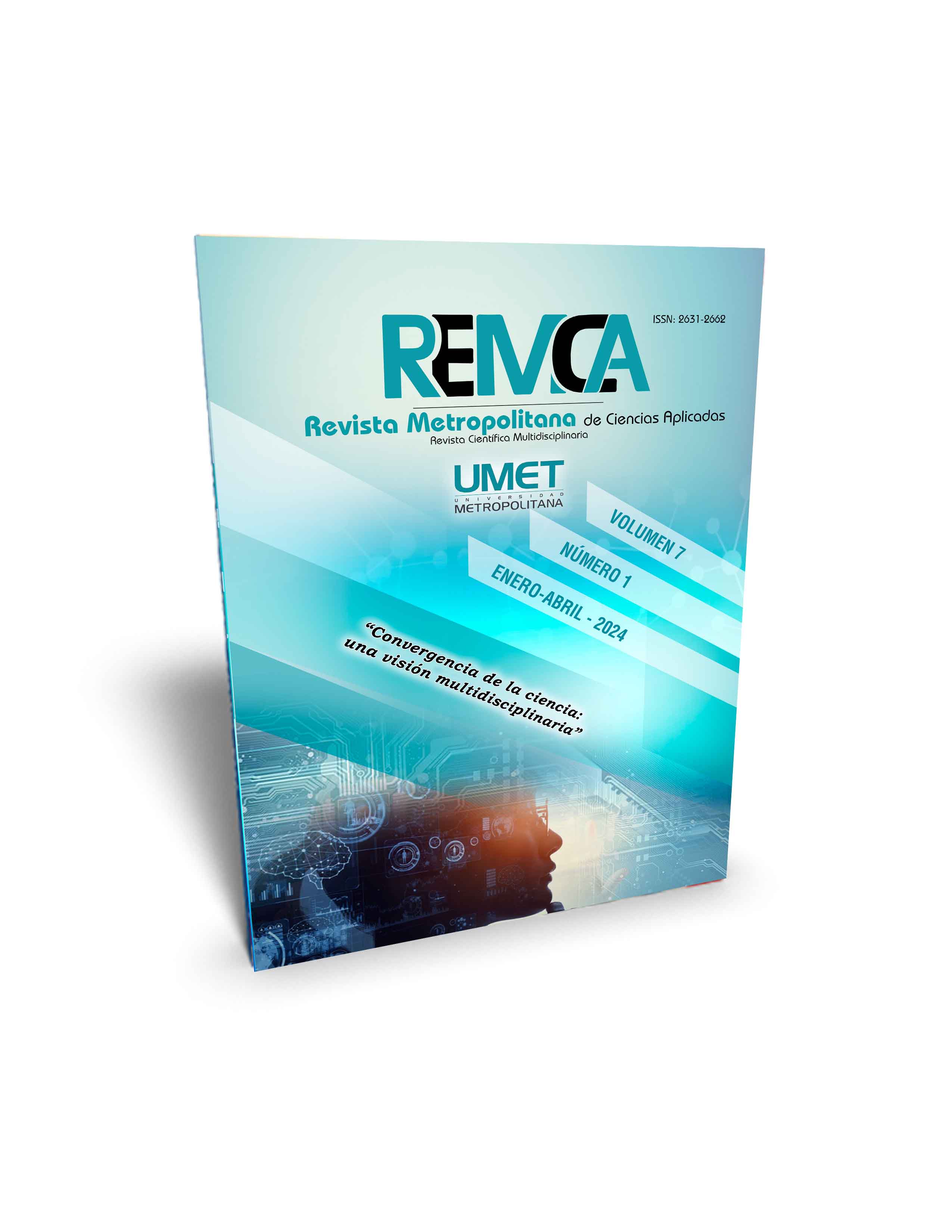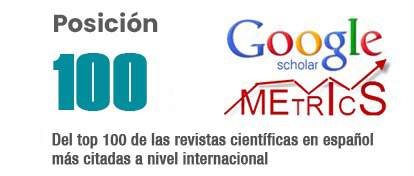Estado de embriaguez como agravante en delitos de tránsito en Ecuador: un análisis integral
DOI:
https://doi.org/10.62452/22krbh82Palabras clave:
Agravante, delitos, tránsitoResumen
Desde hace años atrás dentro del sistema de tránsito se ha venido reflejando un índice considerable de accidentes de Tránsito dentro de nuestro país, los cuales han dejado como resultado heridos y hasta muerte y de estos en un gran porcentaje ha sido por estar en estado de embriaguez como lo demuestra el archivo de accidentes de Tránsito de los últimos meses correspondientes al presente año, en donde el conducir bajo la influencia de alcohol, sustancias estupefacientes o psicotrópicas y/o medicamentos, es una de las causas más comunes de los accidentes de Tránsito. Es así que este artículo presenta una propuesta de Reforma al mencionado artículo en donde uno de los agravantes a más de los ya descritos sea el de quien causare un accidente bajo efectos bajo la influencia de alcohol, para lo cual, nos enfocaremos en resultados comprobados, investigaciones fehacientes, encuestas y demás, para corroborar la necesidad de que el causar un accidente en estado de embriaguez no se quede en la impunidad y que tanto las victimas como los dueños y conductores de los vehículos afectados sean reparados en su totalidad, y así poder acabar con los problemas que se han estado presentando en la actualidad dentro del sistema Judicial y dentro de la sociedad como tal, resolviendo los vacíos que se han ido descubriendo a través de la practica tanto judicial como de todas las autoridades que conforman el procedimiento a seguir en Delitos de Tránsito.
Descargas
Referencias
Amancha Moyolema, J. C. (2015). El consumo de alcohol en los conductores y los accidentes de tránsito en la ciudad de Ambato. (Tesis de licenciatura). Universidad Técnica de Ambato.
Cabanellas, G., & Cabanellas, G. (1979). Diccionario jurídico elemental. Heliasta.
Ecuador. Asamblea Nacional. (2014). Código Orgánico Integral Penal. https://www.oas.org/juridico/PDFs/mesicic5_ecu_ane_con_judi_c%C3%B3d_org_int_pen.pdf
Ecuador. Asamblea Nacional. (2008). Ley Orgánica de Transporte Terrestre, Tránsito y Seguridad Vial. Registro Oficial Suplemento 398. https://www.turismo.gob.ec/wp-content/uploads/2016/04/LEY-ORGANICA-DE-TRANSPORTE-TERRESTRE-TRANSITO-Y-SEGURIDAD-VIAL.pdf
Guamán Chacha, K., & Yaulema Calvopiña, S. X. (2017). El principio de duda razonable a favor del reo en la aplicación del artículo 245 del reglamento general para la aplicación de la ley orgánica de transporte terrestre, tránsito y seguridad vial. (Tesis de licenciatura). Universidad Autónoma de Los Andes.
Horni, J. (2023). Somos lo que hacemos: La adicción, un trastorno de la conducta de uso o consumo. Editorial Autores de Argentina.
Jaramillo, M., Conrado, L., & Velásquez, F. (2015). Urgencias en la atención prehospitalaria: Técnicas básicas y avanzadas para el personal asistencial. Corporación para investigaciones Biológicas CIB.
Real Academia Española. (2022). Diccionario de la lengua española. RAE.
Recalde, R. C. (2021). Análisis de la culpabilidad como presupuesto para determinar la responsabilidad en la embriaguez. Revista jurídica. Investigación en ciencias jurídicas y sociales, 2(11), 16-47.
Rincón Quintero, Y., Montoya Álvarez, D., & Vélez Patiño, P. (2018). Estrategias de Responsabilidad Social Empresarial en organizaciones del sector construcción en Medellín. RETOS. Revista de Ciencias de la Administración y Economía, 8(16), 79-94.
Descargas
Publicado
Número
Sección
Licencia
Derechos de autor 2024 Vanessa Lisbeth Pinos-Paredes, Marco Gustavo Chonga-Chávez, Rommel Geffrey Ceron-Rubio, Natalia Alejandra Salinas-Morocho, Diego Patricio Dueñas-Reyes (Autor/a)

Esta obra está bajo una licencia internacional Creative Commons Atribución-NoComercial-CompartirIgual 4.0.
Los autores que publican en la Revista Metropolitana de Ciencias Aplicadas (REMCA), están de acuerdo con los siguientes términos:
1. Derechos de Autor
Los autores conservan los derechos de autor sobre sus trabajos sin restricciones. Los autores otorgan a la revista el derecho de primera publicación. Para ello, ceden a la revista, de forma no exclusiva, los derechos de explotación (reproducción, distribución, comunicación pública y transformación). Los autores pueden establecer otros acuerdos adicionales para la distribución no exclusiva de la versión de la obra publicada en la revista, siempre que exista un reconocimiento de su publicación inicial en esta revista.
© Los autores.
2. Licencia
Los trabajos se publican en la revista bajo la licencia de Atribución-NoComercial-CompartirIgual 4.0 Internacional de Creative Commons (CC BY-NC-SA 4.0). Los términos se pueden consultar en: https://creativecommons.org/licenses/by-nc-sa/4.0/deed.es
Esta licencia permite:
- Compartir: copiar y redistribuir el material en cualquier medio o formato.
- Adaptar: remezclar, transformar y crear a partir del material.
Bajo los siguientes términos:
- Atribución: ha de reconocer la autoría de manera apropiada, proporcionar un enlace a la licencia e indicar si se ha hecho algún cambio. Puede hacerlo de cualquier manera razonable, pero no de forma tal que sugiera que el licenciador le da soporte o patrocina el uso que se hace.
- NoComercial: no puede utilizar el material para finalidades comerciales.
- CompartirIgual: si remezcla, transforma o crea a partir del material, debe difundir su creación con la misma licencia que la obra original.
No hay restricciones adicionales. No puede aplicar términos legales ni medidas tecnológicas que restrinjan legalmente a otros hacer cualquier cosa que la licencia permita.




